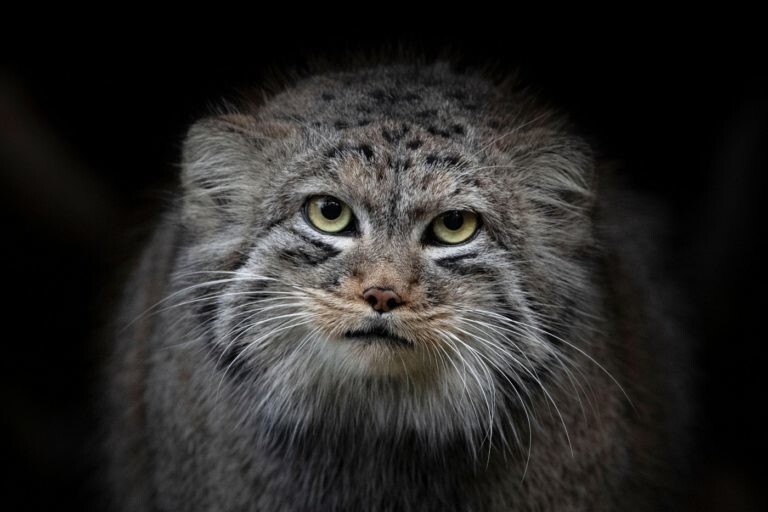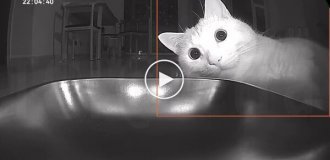What kind of predators were there millions of years ago? In the case of cats, there is no need for a time machine, since Pallas's cats live next to us. They appeared approximately 12 million years ago and were one of the ancestors of all modern representatives of the cat family. 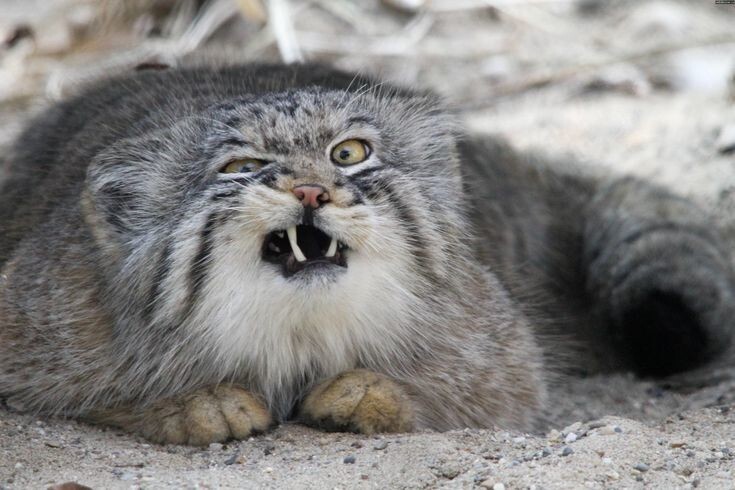
Cats who conquered time
According to scientists' research, Pallas' cats have remained virtually unchanged since then.
The main reason for the Pallas's survival over millions of years was its isolation. It lives in the wilderness of the Asian steppes, at altitudes up to 4 kilometers. The habitat of these seals is in India, Pakistan, western China and Mongolia, as well as in Afghanistan and Turkmenistan. Recently, this cat was also discovered in the wilds of Sayan Siberia.
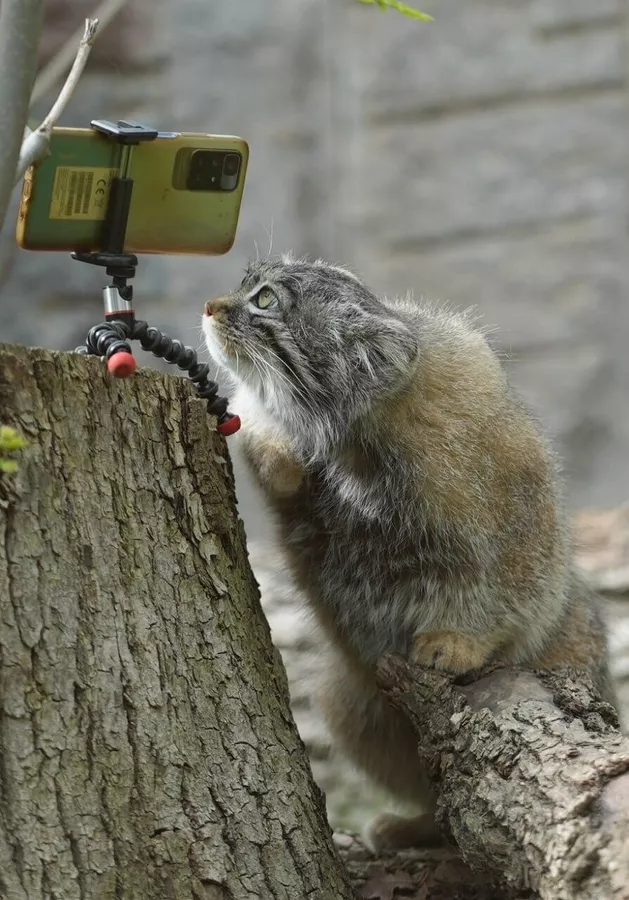
Currently, three subspecies of Pallas's cat are known: the nominal, or Siberian, living in the northern part of the range and characterized by a generally gray fur color; Central Asian, distinguished by red fur (characteristic of Turkmenistan, Afghanistan and the North); Tibetan, which is characterized by a darker color of fur with the presence of black stripes on the body and tail and brighter spots on the head (lives in Northern Pakistan, Northern India, Tibet, Kazakhstan, Kyrgyzstan, Tajikistan, Uzbekistan).

Pallas's cat, in general, is a small cat weighing from 2 to 5 kg and a body length of up to 65 cm - almost like the domestic Felis catus, but the fluffy wide tail is only 23-30 cm long. In general, it looks like a regular cat, but with a dense body on short thick legs and very thick light gray fur.
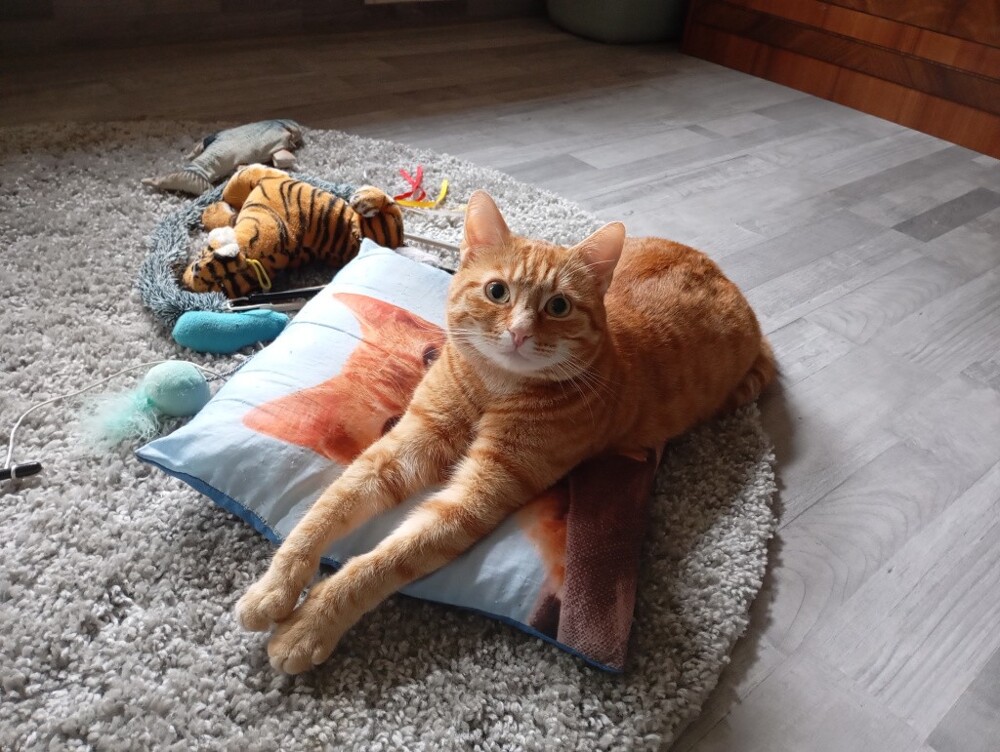
And this is a standard red cat with normal paws and weighing about six kilograms named Eric
The Pallas's cat is the fluffiest among all representatives of the beautiful cat family - there are up to 9,000 hairs per 1 square cm of its back.
The manul itself is a very slow and serious cat; it does not know how (or does not want) to run fast. These small-caliber predators live in a separate, strictly defined territory, from which they immediately expel a neighbor who accidentally wanders there. They go hunting early in the morning and at night, during the day they hide and sleep in holes, caves or crevices. Their main food is rodents, but if desired, they can catch a hare or a small gopher, or a bird. Unfortunately, Pallas' cats are on the verge of extinction.
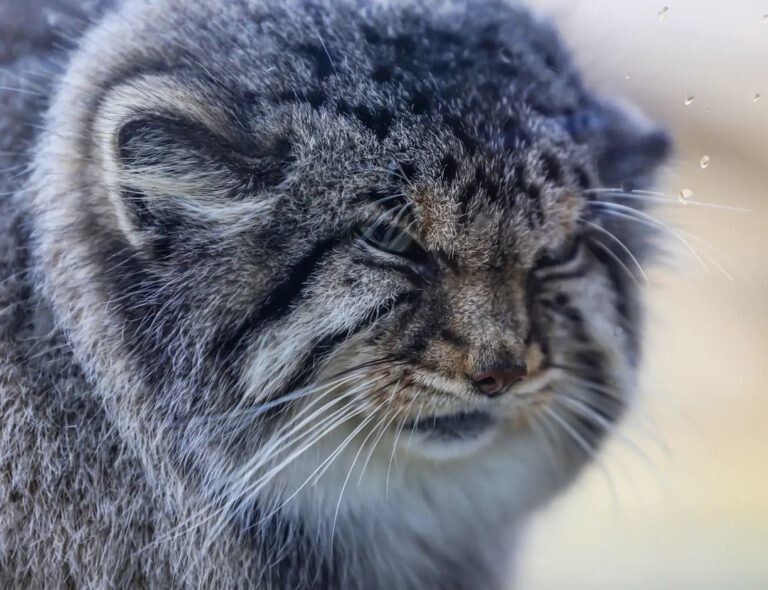
Pallas' cats are rare inhabitants in zoos around the world. Despite the apparent simplicity of their maintenance, almost no zoo has been able to achieve stable and regular breeding. The only exception is the zoo in Novosibirsk. In 2024, 12 Pallas cats were born there.
ZOOSPRAVKA
Manul
Felis manul/ Otocolobus manul
Class - mammals
Squad - predatory
Grand detachment - Ferae
Family - felines
Genus - cats
Body length is 52–65 cm, tail length is 23–31 cm, weight is 2–5 kg.
The average life expectancy in captivity is 12–14 years.
It is unknown how long he lives at large.
The main difference between Pallas' cats and domestic cats is their eyes. Yellow, with round pupils, which in bright light do not narrow to slits, but simply become smaller.
